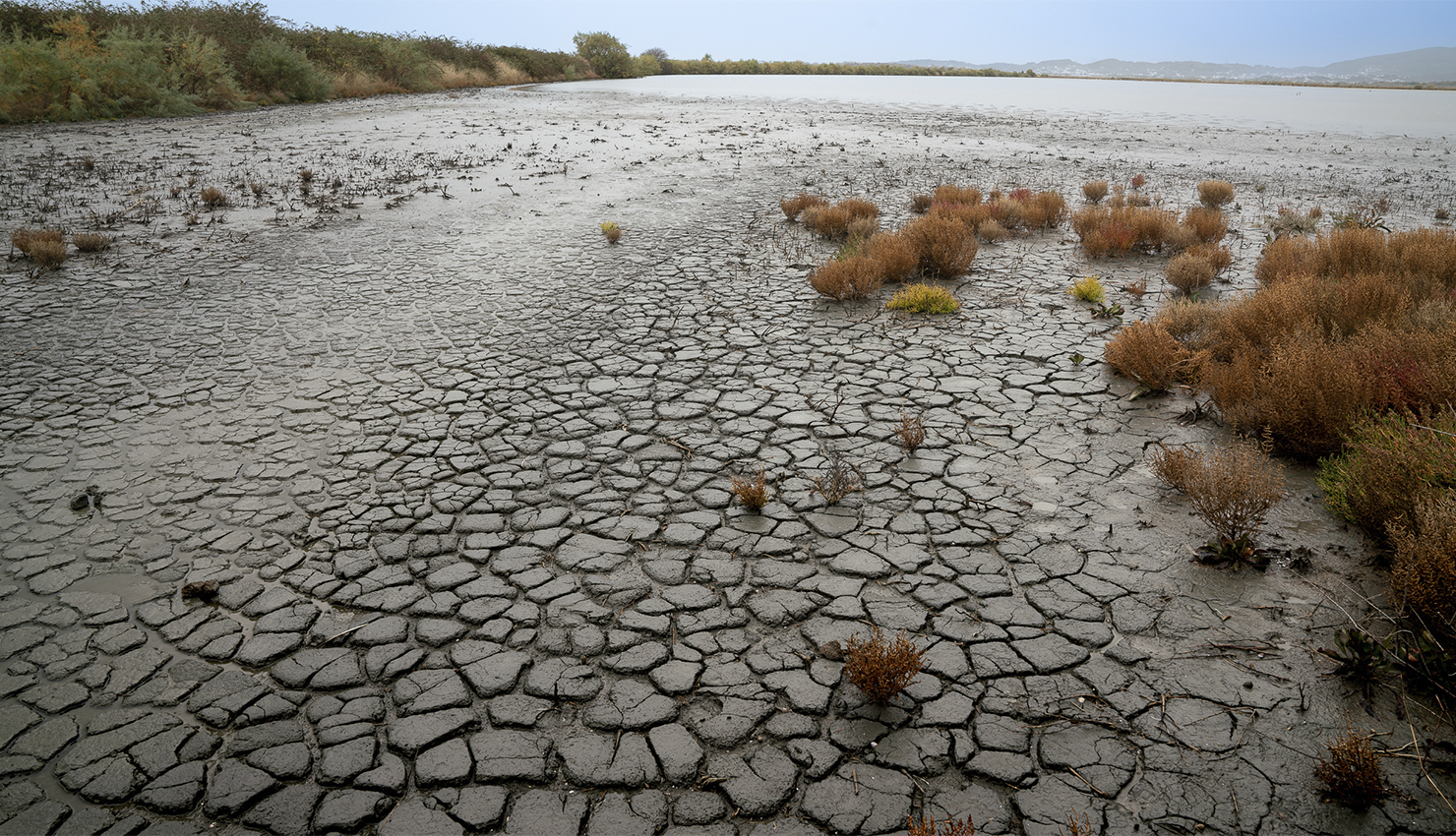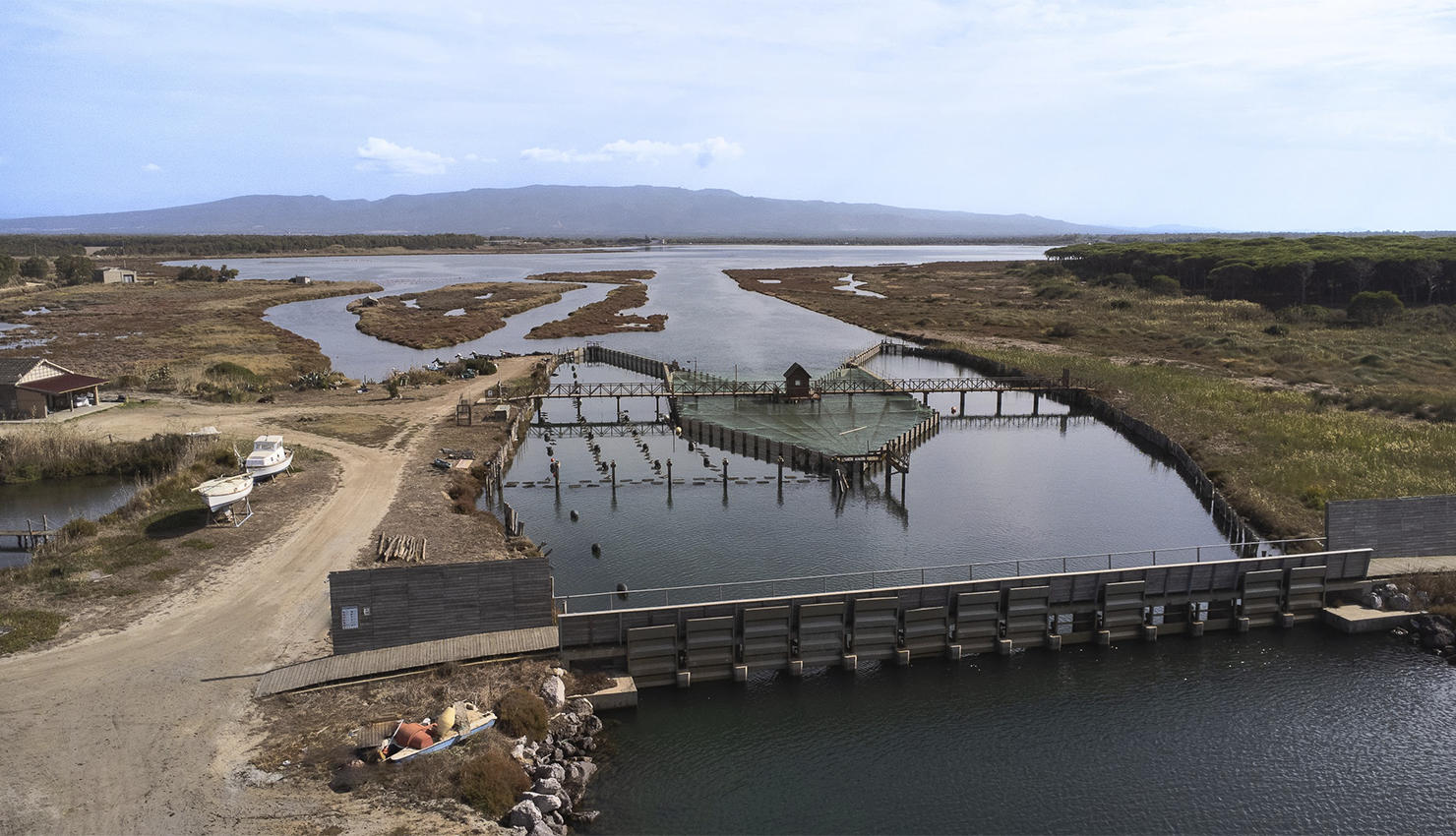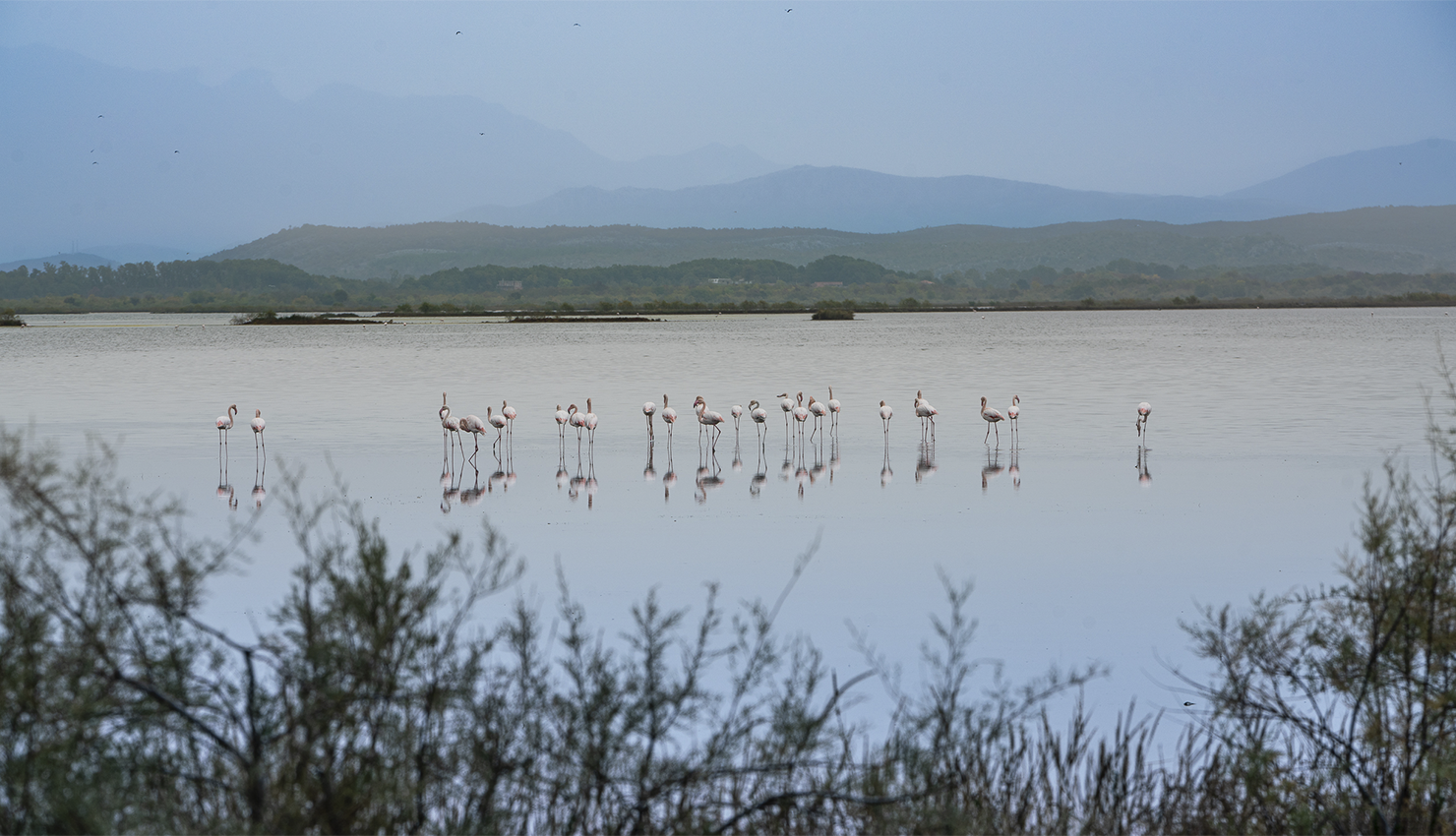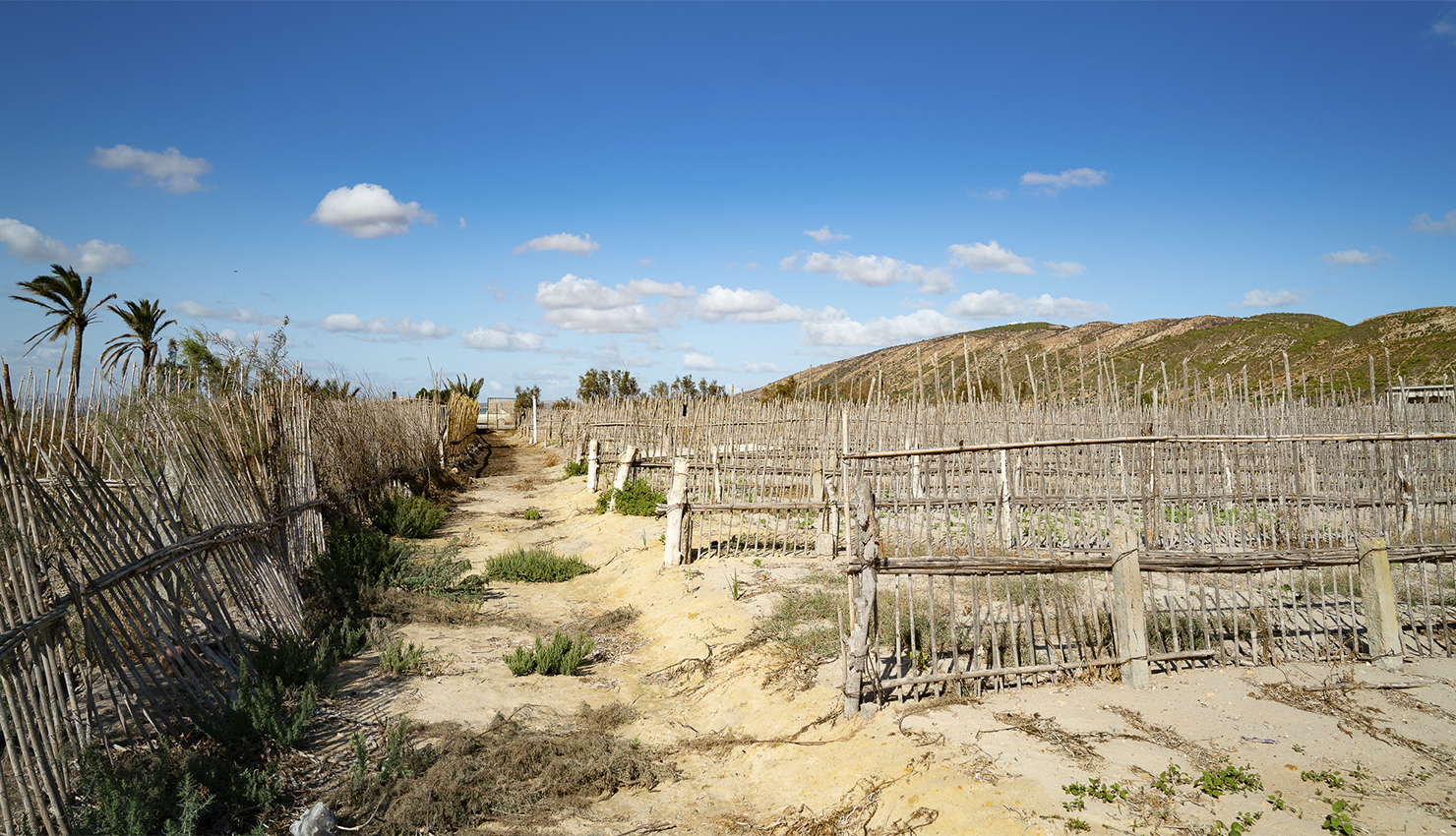Currently, the abrupt environmental changes are having a negative impact on the planet. Physically altering many terrains, for example, the coastal areas of the Mediterranean. Anticipating a flooded future, Wetland-Based Solutions believes it’s essential to lead projects to find solutions. Analyzing what’s happening in certain places and protecting them before it’s too late.
In the coming decades, our blue planet will increasingly take over the beaches, as the sea level continues to rise. This rise entails massive impacts in terms of biodiversity, security, and even tourism. Therefore, Wetland-Based Solutions presents its project A Flooded Future, an interactive map where one can learn about the risk posed by the rising water in Mediterranean wetlands. Changes, both on land and underwater, experiencing wildfires, extreme weather phenomena, coastal erosions, or water scarcity, are some of the consequences that we can already see.

The land is becoming drier, causing the disappearance of the surrounding plants. We can see this in the case of Montenegro with Ulcinj Salina.
This project presents three of the most vulnerable coastal wetlands in the Mediterranean Sea, using them as case studies. In this way, through them, the risks they face are analyzed, and how everything in them will disappear as we currently know it.
The Gulf of Oristano: one of the most important wetlands
The gulf located in Sardinia, the Italian island, has 6 significant wetlands. In this area, one can enjoy resident and migratory birds such as flamingos. Additionally, its rice cultivation lands are significant. But what will happen in a few years due to the sea level rise? The increasingly salty soils will hinder crop growth, in addition to being submerged. Those freshwater resources will disappear, and with them, all those beings that live in them. Affecting agriculture, tourism, and the environment.

Sant Andrea fishermen’s cooperative in the Gulf of Oristano. Recovery plans also include the involvement of businesses that generate work in wetland areas. MedWet/C.Amico
The need to maintain the Bojana-Buna Delta and Ulcinj Salina
The numerous lagoons and saline environments that unite Montenegro and Albania contain a large number of animals and plants. Additionally, the Albanian Delta is rich in fishing and agriculture, highlighting the cultivation of sage. The sea-level rise is not the only thing damaging it; also coastal erosion and river floods. The area is a key point for all migratory birds crossing the Balkans. A fauna and flora that will be damaged and transformed. To counteract the negative, there are action plans such as increasing the area’s resilience, restoring wetlands, or expanding and maintaining territorial protection.

The significant scope of Ulcinj’s salines generated money but at the cost of losing nature. That’s why it’s important to maintain the habitat of animals that need it.
The importance of water flow in Ghar El Melh
The coastal lagoons of Tunisia are separated from the sea by thin sand, and to maintain them, water circulation must be fluid. This is the element that fails because saltwater is increasingly abundant, there is less sand, and there is no water flow. For the latter, research is being carried out to provide a sustainable solution to improve circulation. As well as reviewing wastewater processes to reduce pollution and strengthen the adaptation of the fishing and aquaculture sectors to these solutions.

Between the fine sand and the sea, agriculture in Ghar El Melh is very common. But in the coming years, these tasks will be affected, as the rise in saltwater will spoil the crops.
The sea continues to rise; climate change has been showing its face for years, but even so, projects are needed to raise awareness in society. To make them aware to survive consequences that can be disastrous, not only for the population but for our entire planet, as we depend on it. In this way, many organizations join Wetland-Based Solutions to maintain our sea, such as WWF Spain, Vertigo Lab, and Tour du Valat, among others. Because working in communion and collaborating with each other, is the solution to reach a bright future.




